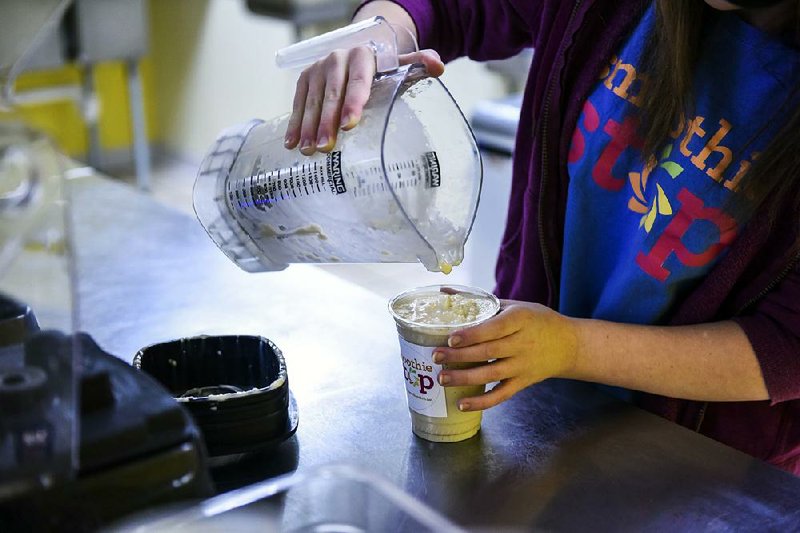WASHINGTON -- U.S. companies increased hiring in January, adding the most new workers since June, according to a private survey.
Payroll processor ADP said Wednesday that businesses added 246,000 jobs last month, up from 151,000 in December. The hiring was widespread, with the construction, manufacturing, health care and shipping industries all adding jobs at a solid pace.
The figures suggest that job gains have accelerated after a sluggish patch in the second half of last year, economists said. With the unemployment rate already low, at 4.7 percent, employers may be forced to offer higher pay to attract workers, which could create broader income growth.
The ADP data cover only private businesses and often diverge from official figures. Economists forecast that the government's jobs report, scheduled for release Friday, will show a gain of 175,000, according to data provider FactSet.
That forecast may rise in the aftermath of the ADP report. Ted Wieseman, an economist at Morgan Stanley, increased his forecast for the government's jobs report to 220,000 from 205,000.
"Every business survey released since the election ... has been much stronger, including rising hiring plans," Wieseman said. "Fewer people being fired and businesses potentially starting to increase new hires points to better net job growth."
Manufacturers added 15,000 jobs, the most in more than two years, ADP's report said. Other measures of manufacturing output have indicated that factories have largely rebounded from head winds such as the strong dollar and slower overseas growth that caused steady job losses for nearly two years.
Construction companies added 25,000 jobs, the most in four months, a figure that may have been lifted by warmer-than-usual weather.
Professional and technical services, which include highly paid positions such as jobs for engineers and architects, added a more modest 8,000 jobs. Retailers, shipping firms and utility companies gained 63,000.
The economy is expanding, though at a modest pace. It grew 1.9 percent in the final three months of last year, and growth was just 1.6 percent for the full year, the slowest calendar-year performance in five years.
The economy hasn't grown at a pace of 3 percent or more since 2005. President Donald Trump has pledged to lift growth to 4 percent and accelerate job creation, through tax cuts, deregulation and spending on infrastructure.
Manufacturing growth accelerated in January for a fifth consecutive month on stronger orders and production that signal America's factories are rebounding.
The Institute for Supply Management's index rose to 56, the highest since November 2014, from 54.5 the previous month, data from the Tempe, Ariz.-based group showed Wednesday. The median forecast in a Bloomberg survey of economists called for 55. A reading above 50 signals expansion.
The report showed the gauges of production and orders also climbed to more than two-year highs, underscoring sustained improvement in manufacturing after a soft patch in mid-2016. Stronger demand is helping drive up costs of raw materials, as a measure of prices paid jumped to the highest since May 2011, adding to signs of inflation picking up worldwide.
The Institute for Supply Management's new-orders gauge advanced to 60.4 from 60.3 the previous month, while the index of production rose to 61.4 from 59.4. Both measures were the strongest since November 2014.
A third economic report Wednesday said U.S. builders trimmed spending slightly in December as a gain in private projects was offset by a big drop in spending on government projects.
Construction spending fell 0.2 percent after hitting the highest point in more than a decade in November, the Commerce Department said. Spending on private projects kept rising in December, climbing by 0.2 percent. But government activity fell 1.7 percent, reflecting cutbacks at the state and local level.
The strength last month came in housing construction, which jumped 0.5 percent, with gains in single-family homes and apartments. Spending on nonresidential activity was flat as spending on hotels, factories and transportation projects all declined.
Economists are looking for housing construction to be a key sector supporting overall economic growth in 2017.
Information for this article was contributed by Christopher S. Rugaber and Martin Crutsinger of The Associated Press and by Shobhana Chandra of Bloomberg News.
Business on 02/02/2017

